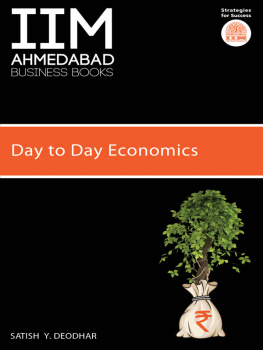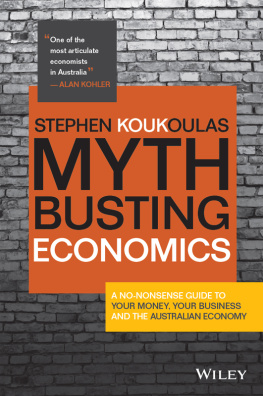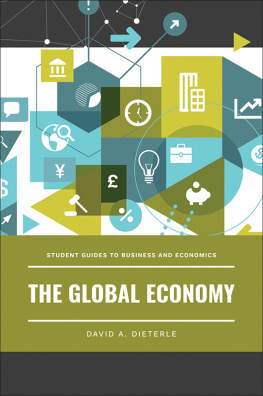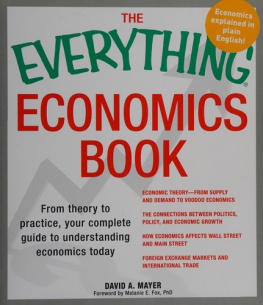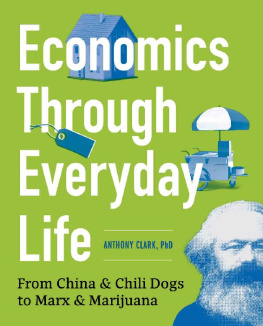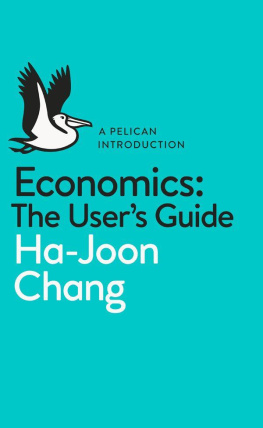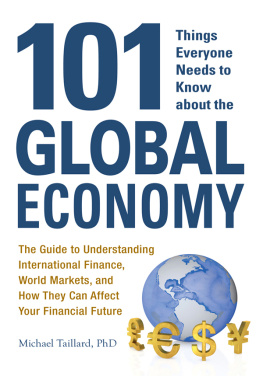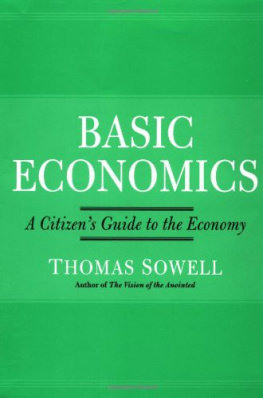Dear Reader,
The book you are holding is one of the books of IIMA Business Books series published in collaboration with Random House to disseminate knowledge to executives in a manner that brings them up to date in different fields of management. The first set of books in the series published in 2010 and 2011, were liked immensely by the readers. Several of the books went on to become best-sellers. The set is expanded further in 2012 with publication of books on new topics. The idea is to publish books on a comprehensive list of topics in management over time for practicing managers. These books are written by authors who have rich experience of teaching executives from a diverse set of organizations. Written in a conversational style with numerous illustrations from the world of practice, you would find the books useful in your work life. The references cited in the books provide you with ready information on where to look for more detailed knowledge on specific topics and concepts.
The financial market crisis of 2007-08 and the resulting economic downturn since then are still impacting economies all over the world. The common man has been left puzzled by the events as he is unable to comprehend the Ashani Sanket that destroyed his orderly world. The book Day to Day Economics explains the factors that impact the economic well being of individuals due to what institutions and governments do and do not do. Written in a lucid style, with glossary of words and phrases at the end of each chapter, the book demystifies arcane concepts in economics for the reader. The author engages the readers attention with illustrations and stories from other fields, including the duel between Adi Shankaracharya and Bharati. The crossword puzzle on economics at the end of the book is an added unexpected attraction for the readers to unobtrusively test their understanding of principles of economics. I am certain that you will enjoy reading the book while unravelling the distant economic thunders that impact your day to day life.
Write to us suggesting topics that you would like covered in the books that are to be published under the series in the future.
Samir K. Barua
Director
IIM Ahmedabad

Day to Day Economics

Day to Day Economics
SATISH Y. DEODHAR

RANDOM HOUSE INDIA
Published by Random House India in 2012
Copyright Satish Y. Deodhar 2012
Random House Publishers India Private Limited
Windsor IT Park, 7th Floor, Tower-B,
A-1, Sector-125, Noida-201301, UP
Random House Group Limited
20 Vauxhall Bridge Road
London SW1V 2SA
United Kingdom
This eBook is copyright material and must not be copied, reproduced, transferred, distributed, leased, licensed or publicly performed or used in any way except as specifically permitted in writing by the publishers, as allowed under the terms and conditions under which it was purchased or as strictly permitted by applicable copyright law. Any unauthorised distribution or use of this text may be a direct infringement of the authors and publishers rights and those responsible may be liable in law accordingly.
EPUB ISBN 9788184002966
To my mother,
the Gangotri of what I am today,
and
to my late father,
the most civil engineer I have ever met!
CONTENTS
PREFACE
Quite a few reasons prompted me to write this book. On various occasions, when friends, family folk, and acquaintances come to know that I teach economics, invariably their immediate reaction is a sense of spatial and mental estrangement! Perhaps this happens with most economists, for economics has got a reputation of being an esoteric social science which doesnt have much in common with real life. Nothing can be further from the truth and it has been my dream to prove it. Hence, the character of this book has been shaped by a missionary zeal to convert. At the Indian Institute of Management, Ahmedabad (IIMA), economics is taught in the short-duration executive programmes in management and in the post-graduate programmes in management. However, we often find that conveying and understanding theoretical concepts and relating them to the Indian economy in a short period of time is a very challenging task, both for the faculty and the participants in the programmes. Therefore, the subject needs to be tackled with a different approach, and the interrelationships between the economic institutions and the economic phenomena that pervade our lives need to be taught by using lots of everyday examples. This book addresses that need.
There have been quite a few teachers and colleagues who have had influence in shaping the direction of my academic career. They include high-school teachers like Bhalerao Sir, who aroused curiosity in economics by teaching Ghatatya Upabhogyatecha Siddhanta or the law of diminishing marginal utility; and Datar Sir, who used to bring models to the classroom to show celestial phenomena, such as, eclipses and the phases of the moon. At the Gokhale Institute of Politics and Economics, Pune, Mrs Sulabha Sidhaye took the fear of English out of my psyche, and Professor Nilakantha Rath gave a solid grounding in economics. At The Ohio State University, my PhD guide, Professor Ian Sheldon, brought discipline into my academic writing. Later, when I entered IIMA as a complete stranger, colleagues, such as, Professors Sasi Mishra, Gopal Naik, Devanath Tirupati, Ravindra Dholakia, and Samar Datta, influenced my academic progress. Finally, IIMA Directors gave me the opportunities to serve as Warden, PGP Admissions Chairperson, first Convener of the computerized Common Admission Test (CAT), and Chairperson of PGPX programme. This book is a tribute to all of them.
ACKNOWLEDGEMENTS
In the course of writing this book, I have received warm support from nine people. It is my pleasure to thank them on this page. The process of writing a book needs a catalyst to initiate the process. Professor Samir Barua, in his capacity as Director of IIMA, played that role when he introduced me to Chiki Sarkar of Random House. Subsequently, Chiki and I sat down to chalk out the plan of the book. Her suggestions on the chapter scheme and writing style which would appeal to a reader with no economics background were very helpful. When about a third of the book was completed, she left Random House and I too got quite involved in teaching, Equis accreditation work, and the administrative chores of a PGPX chairperson. The spirit of writing almost flagged and that is when Milee Ashwarya brought in encouragement at a critical moment of despondency. In the concluding stages, Radhika Marwah helped me to complete the book and Meena Bhende refined the writing with her copyediting. My sincere thanks to all five of them.

